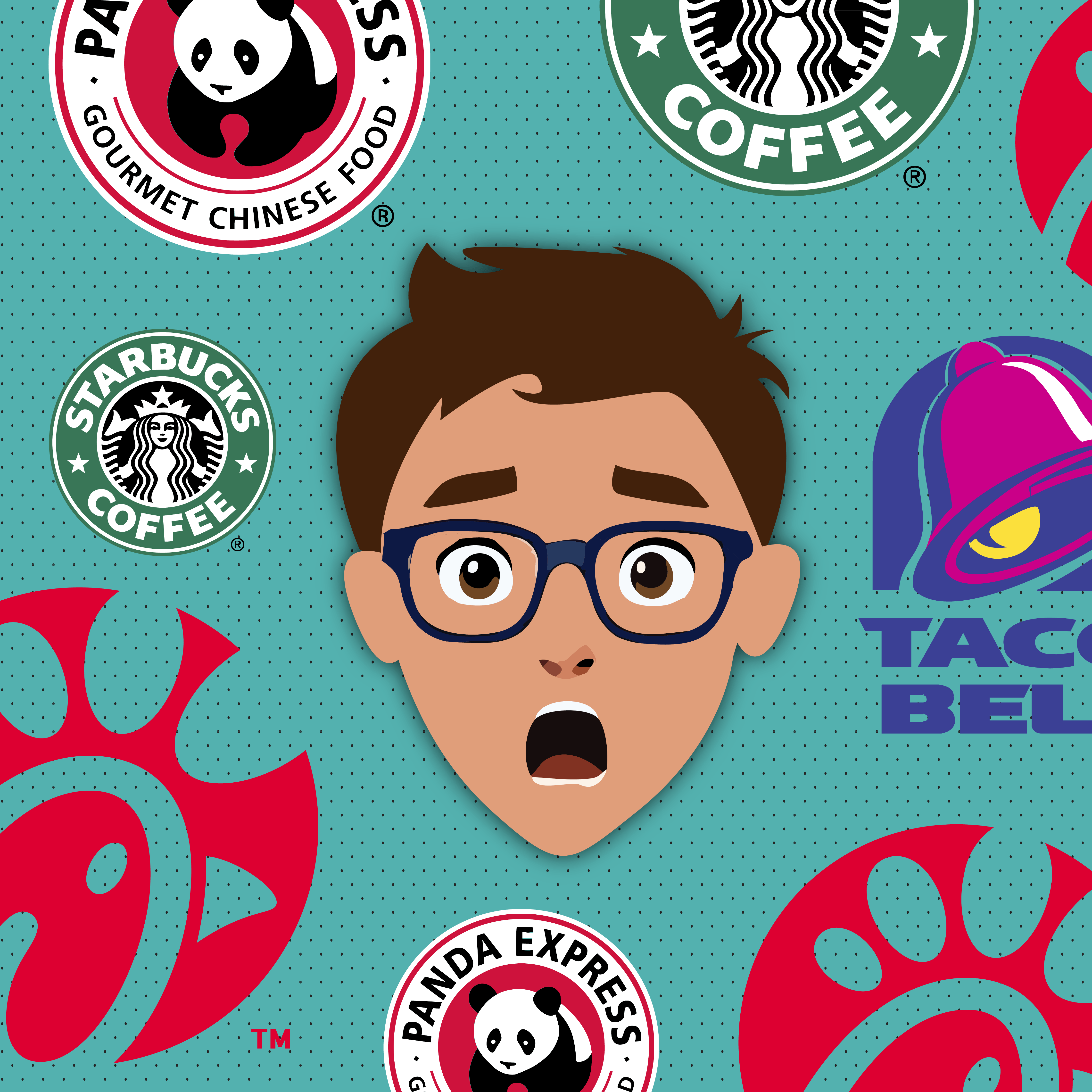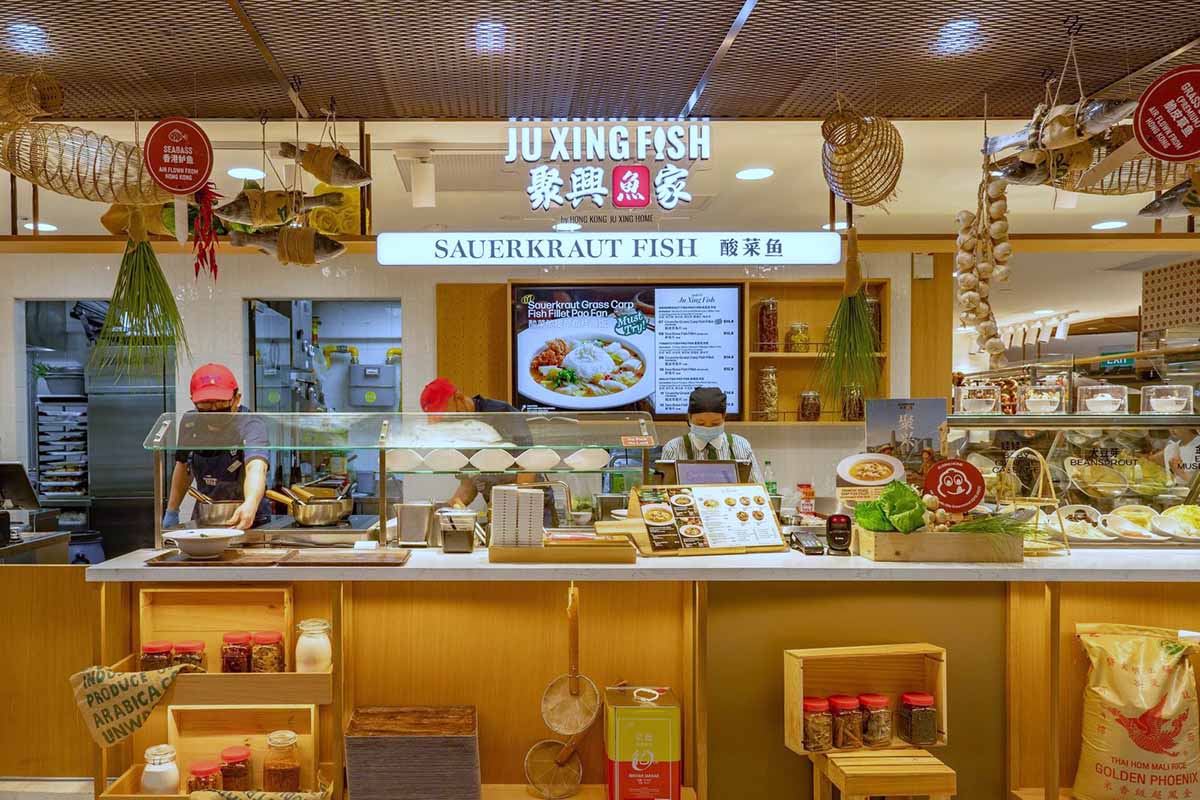Ash Pickett is a business administration junior and opinion columnist for Mustang News. The opinions expressed in this article do not necessarily reflect those of Mustang Media Group.
This is going to be controversial, and I know that. But come on, Chick-fil-A, Panda Express, Taco Bell, Starbucks… these are considered some of the unhealthiest dining options across the U.S., and Cal Poly decided to put all four of them on campus. We deserve better, healthier, more diverse dining options.
Cal Poly’s 1901 Marketplace opened just over a year ago. Walking through it for the first time, I remember thinking it was nice – much nicer than the loud construction zone I’d pass by on my walk to class every day my freshman year – and it was probably a great place for students to hang out.
I liked that the design had both indoor and outdoor seating, and that the placement was right near the middle of campus. It already felt miles better than my freshman year arch nemesis, Vista Grande (I shudder at the thought).
Walking through the dining hall, I was surprised by the sea of people lined up for food, the lack of empty tables and chairs and the impressive interior design. Then, I smelled it. Deliciously buttery cheeseburger buns, the salty aroma of chewy waffle fries, the crispiest golden fried chicken and the sweet, sweet scent of Chick-fil-A’s signature sauce. Oh, God. They put a Chick-fil-A in the new dining hall. A Panda Express, too.
Not to be dramatic, but it was 10 a.m., and the line for Chick-fil-A was out the door. Hang on, isn’t that kind of… really unhealthy to be eating for breakfast? Shouldn’t we be encouraging college freshmen who already struggle with overpriced dining plans and a stark adjustment to a brand new life to eat healthy? To take care of themselves? Isn’t breakfast the most important meal of the day?
I told you this would be controversial. I’ll save you the health rant but not the dietary one.
“After being a pescetarian for seven years, coming to Cal Poly there were very few healthy options that were high in protein.” said Maggie Bobo, an economics freshman. She had to start eating chicken at Cal Poly to make up for the lost nutrients.
Even for the omnivores on campus, fast food isn’t the greatest option.
“I personally completely avoid Chick-fil-A. Having fast food on campus can definitely promote unhealthy eating, but at the same time I think that college students are adults and should be allowed to make their own decisions,” said Josh Palmateer, an economics freshman.
I’d agree with Josh – college is about independence and autonomy. But there’s a difference between making your own choices, and making your own choices based on limited options because Cal Poly requires you to buy a dining plan, then puts unhealthy food on campus, right in your line of sight.
A study done by the National Library of Medicine found “diet may be associated with academic achievement, with the majority of studies associating more favorable dietary intake with higher academic achievement.”
Wouldn’t Cal Poly want their students to perform better? A great way to support that is by providing healthy options on campus. If freshmen students want fast food, they can rent a Zipcar or take the bus downtown.
If Cal Poly is requiring freshmen to get dining plans, they should at least make the food healthy and accessible for people of all diets. Sounds like common sense, but clearly that wasn’t a priority when 1901 was selecting vendors.
“It is impossible to find nutrition facts on everything at Vista Grande, and it is so greasy. It makes you feel heavy after eating it,” Bobo said.
Many students struggle with eating healthy on campus because of the lack of nutrition facts, and lack of options in general. One way students can combat this is by eating at alternative, seemingly healthier options to Chick-fil-A or Panda Express in 1901 Marketplace. Pom & Honey serves Mediterranean-inspired food with vegan options, Red Radish features build-your-own salad options, Shake Smart serves Açaí bowls, and more.
Although these “healthy” options are decent, they tend to have limited availability, which also serves as a barrier for students. For example, Red Radish has limited hours compared to other options during the week and is closed on Sunday, and Pom & Honey closes at either 2 or 3 p.m. on weekdays and is completely closed over the weekend.
Those who may be vegetarian, vegan, or gluten-free can check for nutrition icons like “VG” for vegan, “V” for vegetarian, and “AG” for avoiding-gluten, which are labeled on certain Cal Poly dining meals. There’s also a Kosher food truck on campus that’s open Monday-Friday. Students with allergies or medical dietary restrictions can get also support from Cal Poly’s Registered Dietitian.
These things don’t change the fact that options are limited on campus, that nutrition facts are difficult or impossible to find online. Students can still do their best to make do with what they have, though.
Look, I get that fast food is fun. It’s convenient. Most importantly, it’s cheap and it tastes good. Also, to any students reading this, you should never feel bad about that fast food run because a stranger on Mustang News complained about it.
Cal Poly, however, should support their students in all facets of well being, and food is a critical part of that. Fast food on campus dining is unethical and non inclusive, and I think Cal Poly should reconsider its choices.


